Meet Damon Goodman: CalTrout’s Shasta – Klamath Regional Director
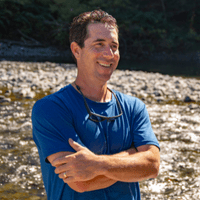 By Damon Goodman
By Damon Goodman
My experience in fish biology began during an undergraduate internship to support the conservation of the charismatic Rio Grande Cutthroat Trout in the Sangre de Cristo Mountains in Northern New Mexico. I was tasked with exploring remote areas to find new populations, describe riverine habitats and identify threats facing the species. These fish are limited to 5% of their historical distribution and primarily in remote high elevation wilderness streams. Much of my time was spent living out of a backpack and hiking into remotes streams in search of cutthroat trout and sleeping under the stars. With that hook, I’ve dedicated my career to helping fish.
I went on to earn a Masters of Science degree at Humboldt State University by pioneering a genetic study of the anadromous Pacific Lamprey to support information needed to respond to a petition to list the species under the Endangered Species Act. I collected fish in over 80 rivers from British Columbia to the Mexican Border resulting in the development of a scientific basis for how the species is managed to date. The Fisheries and Aquatic Conservation Program at U.S. Fish and Wildlife Service (USFWS) supported my studies and kept me under their wings for the next 15 years where I took the lead on California lamprey issues, division lead for habitat assessments and a host of other fish conservation issues.
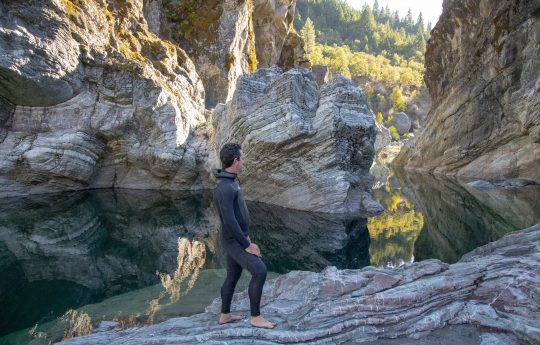
Damon on the Eel River.
I have engaged in a diverse set of environmental issues across California focused on using science to improve conditions for our native fishes. More specifically, I have developed a series of decision support tools to promote environmentally friendly streamflow regimes below major dams, large-scale restoration efforts by learning from the performance of previous projects and strategic planning to improve the impact of the limited funds available for species conservation. My work has resulted in the co-authorship of 25 peer-reviewed scientific journal articles, all in support of fish conservation issues. My work has been highlighted in a host of media outlets such as San Francisco Chronicle, NatGeo, New York Times, Natural Resources Defense Council, San Luis Obispo Tribune, Eureka Times-Standard, Press Democrat, National Waters to Watch, USFWS Featured Stories and others. In 2020, I was recognized by the California-Nevada American Fisheries Society with the Distinguished Professional Achievement Award. I am excited to bring my experience to support CalTrout in restoring California’s fisheries.
Before joining CalTrout, I was fortunate to have worked alongside the team on a variety of projects. I served as the primary USFWS representative on the Potter Valley AdHoc Committee, alongside Darren and Curtis. In this committee, we worked as a team to develop strategies to restore the fishery of the Eel River including an approach to provide access beyond impassible dams to habitats that have been inaccessible for over 100 years. I have teamed up with Sandi on the California Fish Passage Forum tackling complex fish passage issues and Pat on developing tools to improve management of California’s estuaries. In all cases, I was impressed with the motivation and professionalism that the CalTrout brought to our shared efforts.
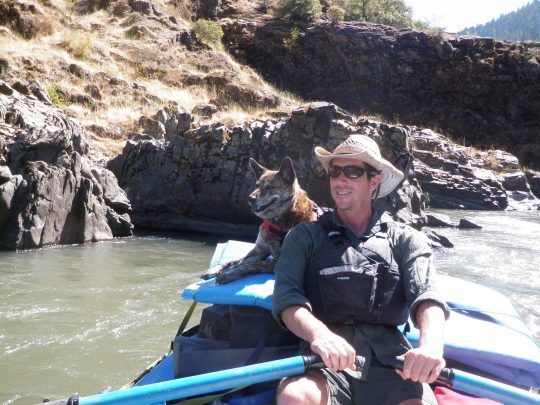
My opportunity to join the team began as a spark during a multi-day float trip in northern Idaho. The Selway is a National Wild and Scenic River that cascades through the Selway-Bitterroot Wilderness of Northern, Idaho and is full of Westslope Cutthroat Trout. During the trip a longtime friend, Drew Braugh, sat me down and laid out his plans to move on from CalTrout to a new opportunity and that I should consider applying for the opening. From that conversation, I made the decision to leave my dream job at USFWS to pursue an even better opportunity as a Regional Manager of the Mt. Shasta – Klamath Region with CalTrout. The rest is history.
I began exploring rivers with my father at a young age from the front of his canoe which led to a lifelong pursuit of river running. I have found myself in some of the world’s deepest gorges and facing class V rapids in some of the remote wilderness areas from Alaska to Patagonia. It is my connection to rivers that led me to Northern California nearly 20 years ago, home to some of the most beautiful rivers in the world. What began as a personal pursuit has developed into an interest for sharing my passion with my family and others. My wife and I have now introduced our three children to river life. Callan (10), Aspen (8) and Aria (6) started river rafting before their first birthdays and now often kayak alongside our raft on multi-day adventures.
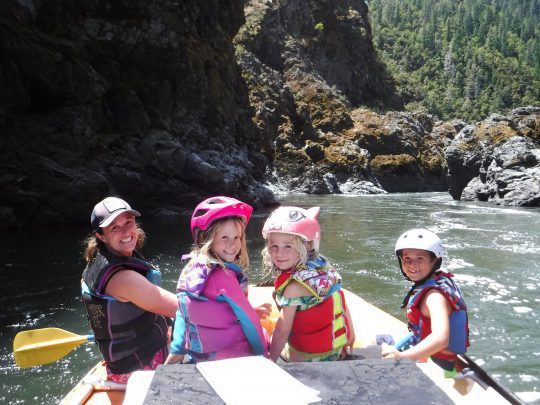
Goodman family entering Mule Canyon, Rogue River Wilderness.
Explore projects in the Shasta Klamath Region.


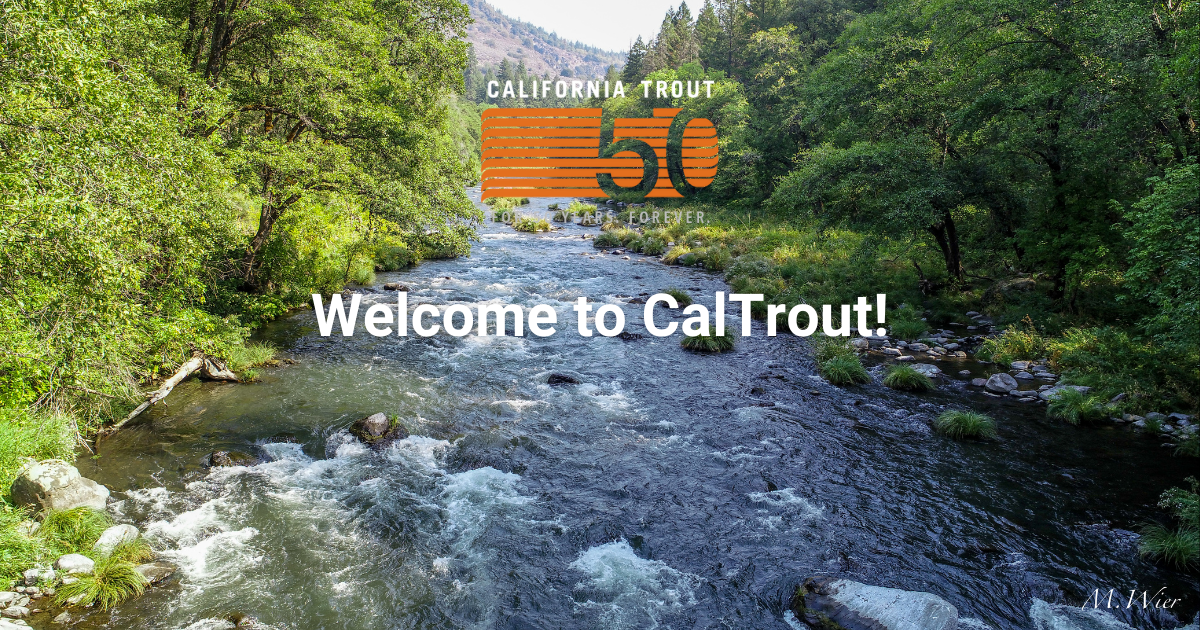



1 Comment
Wonderful article. You are making a difference.